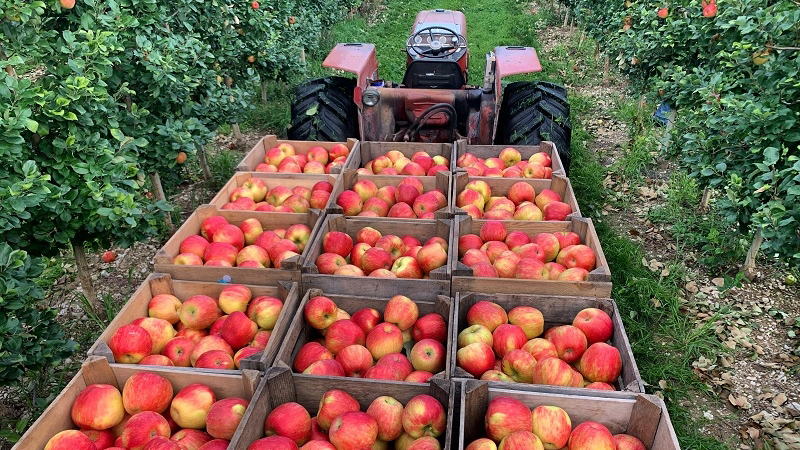Got Weeds in Your Greenhouse? What You Need To Do Now

Does your greenhouse look like this? Hopefully not. But in case weeds have invaded your protected space, there are some steps to alleviate the pressure. Photo courtesy of Wiki Commons

Let’s talk about weeds inside and outside of your greenhouse. The first rule? You should not have weeds inside your greenhouse.
They are a source of disease inoculum, a hideout for insect pests, and a general nuisance.
Protect the Floors
The floors of vegetable production greenhouses should be well designed so that weeds are not a concern.
Flooring can be concrete or a much less expensive combination of pea gravel and a woven plastic.
If you use plastic ground cover, be sure that it is the woven type, and not extruded plastic, so that water can drain right through it. Puddles in the greenhouse are another serious problem.
With several inches of pea gravel topped with ground cover, weeds should not be germinating and penetrating your floor covering. Black ground cover will last longer than white or other colors, especially in the south where the sun is particularly potent.
How About Outside the Greenhouse?
Weeds and grass along the perimeter of the greenhouse can cause the same problems mentioned above — insects and diseases. If the weeds just outside have thrips, whiteflies, early blight spores, or other common greenhouse vegetable maladies, the culprits can easily migrate to the interior of the greenhouse.
Spores and insects can come in through air intake vents, exhaust fans, or the doors when you open them for even a few seconds. And, when you run the exhaust fans to cool the greenhouse, the intake vents are sucking in air from the opposite end. Think of the greenhouse as a large vacuum cleaner with the intake vents drawing in lots of air from outside to replace the air that the fans expelled. Insects don’t have to fly into the greenhouse. They are pulled in. Same for spores.
Create a Buffer Zone
Recommendations are to create a weed-free buffer outside the greenhouse of at least 50 feet in all directions. This can be done by mowing or with chemical herbicides. If mowing, be sure to blow the grass away from the greenhouse so you don’t inadvertently puncture the plastic with flying debris. Also, be careful with weed eaters damaging the plastic.
If you are using glyphosate or some other herbicide to control weeds outside, only use it when the crop inside is fallow, such as between cropping seasons. I repeat, do not spray Roundup along the outer edge of the greenhouse while a crop is actively growing inside. There have been cases in which the entire outside row(s) in the greenhouse were severely damaged by Roundup when the grower only used it outside. Somehow the herbicide still gets inside. Tomatoes are especially sensitive.
Other techniques for making a weed-free zone are to use gravel, or to use some of that ground cover mentioned above to cover the ground outside the greenhouse. This black, plastic-woven ground cover will keep most grass and weeds under control and provide an excellent buffer surrounding the greenhouse.
Remember, keeping weeds under control in and around your greenhouse also goes a long way to reducing insect, mite, and disease problems.










